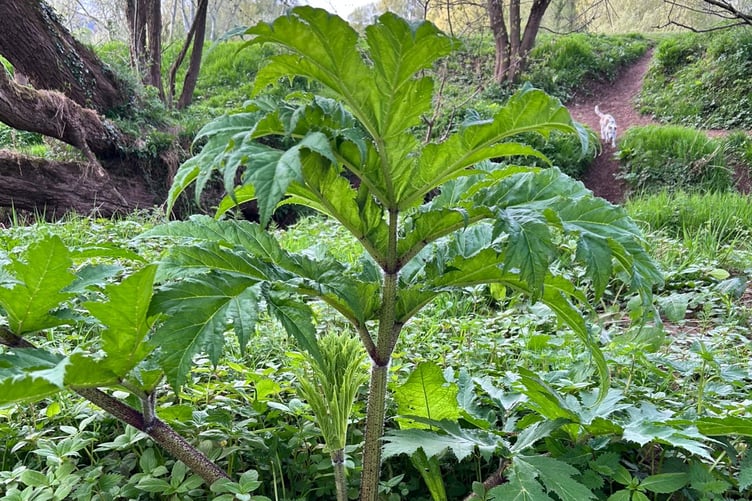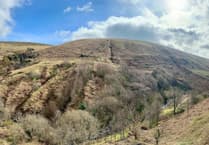The Isle of Man Government has issued a request to stop the spread of invasive plants in gardens.
Residents have been reminded that some of the greatest threats to the island’s wildlife grow right in our own gardens, including plants such as Japanese Knotweed, Himalayan Balsam, Montbretia, Three-Cornered Leek, Cotoneaster, Spanish Bluebell, and Giant Hogweed.
A spokesperson from the Isle of Man Government commented: ‘These may have been introduced for their beauty, but when they escape they become invasive, damaging the environment and threatening native species.’
The invasive non-native plants outcompete native wildflowers and damage vital habitats, undermine riverbanks, paths and buildings and are difficult and expensive to control.
The plants also threaten biodiversity, with Giant Hogweed having the capability to cause serious skin burns.
The spokesperson added: ‘You can help by knowing what to look for, managing your garden responsibly and never dumping garden waste in the countryside as it is one of the main ways invasive plants spread.
‘Pond and aquarium plants can be especially damaging — a single fragment can take hold and devastate our waterways.’
The online guide ‘Be Plant Wise’ (which can be found by visiting https://www.nonnativespecies.org/what-can-i-do/be-plant-wise) states three vital components in order to prevent the spread of invasive plants.
Secondly, to ‘stop the spread’, it is advised to keep your plants in your garden - don't plant them, or allow them to grow, in the wild.
Finally, gardeners are asked to ‘compost with care’, which means disposing of your unwanted plants, roots, weeds, seeds, and seed heads responsibly.
To learn more about the different types of invasive species’, you can visit https://www.gov.im/invasive-non-native-species



.jpeg?width=209&height=140&crop=209:145,smart&quality=75)
.jpeg?width=209&height=140&crop=209:145,smart&quality=75)